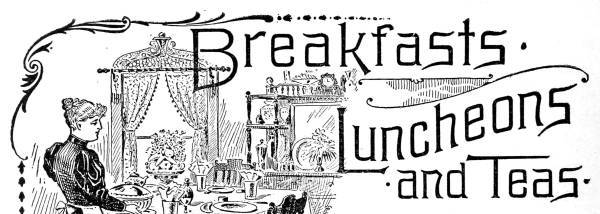
Tea reached the Europe in 1560 and England in the mid-seventeenth century. It caught on quickly in England. It became readily available in England by the early eighteenth century. I came across some interesting evidence of how quickly tea caught on in Okakura Kakuzō’s 1906 classic The Book of Tea. Therein, he reprinted a 1710 promotion for the Spectator magazine that appeared in the magazine:
I would therefore in a particular manner recommend these my speculations to all well-regulated families that set apart an hour every morning for tea, bread and butter; and would earnestly advise them for their good to order this paper to be punctually served up and to be looked upon as a part of the tea equipage.
The Spectator (1710)

That is a great way to sell a newspaper. Do you enjoy an aesthetic morning with tea and buttered bread? Add some aesthetic reading to your family breakfast time. It is well-written in addition to providing a look into the early days of tea’s growing popularity in England. Perhaps our own Emu Café could use a similar sales pitch.
For those who are interested, you can download a beautiful ebook version of The Book of Tea for free in a variety of digital formats from Standard Ebooks.